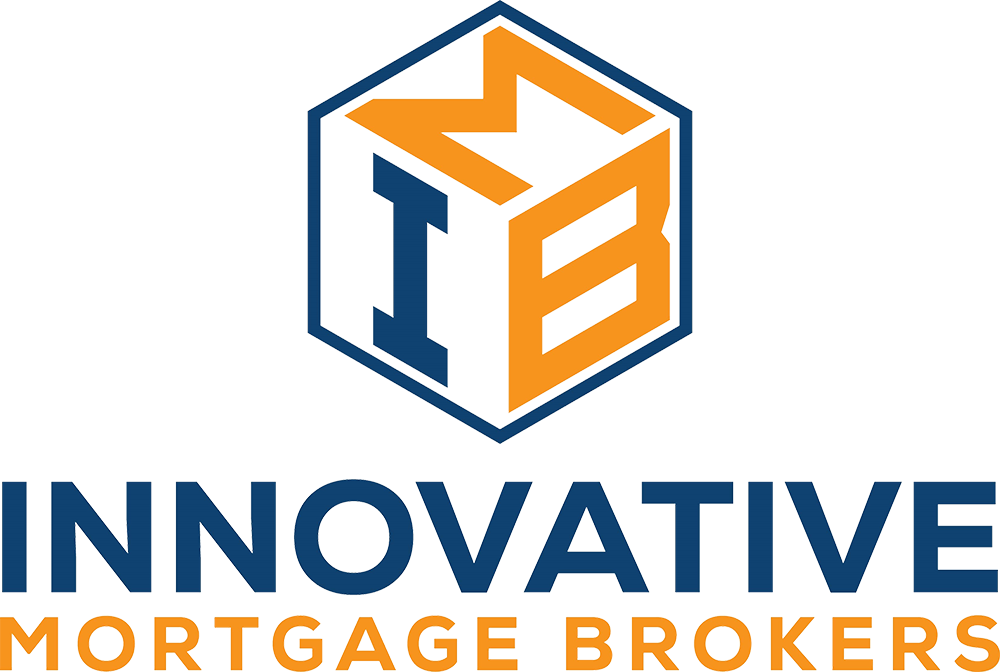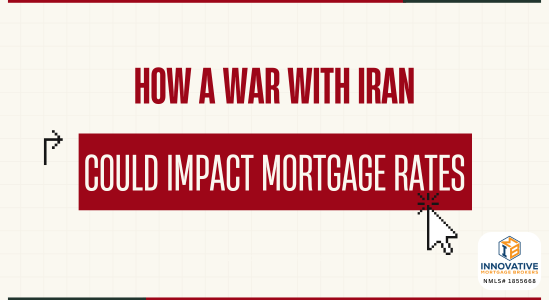FHFA Opens Door to Cryptocurrency in Mortgage Risk Assessments: What It Means for Borrowers and…
PITI – Discover Its Huge Impact On What You Can Afford
PITI makes up your mortgage payment and affects how much you can afford. Lenders use it when calculating your debt-to-income ratio to determine if you qualify.
The more money you invest in a home, the lower your PITI, but you can play with the numbers to see what’s most affordable.
What is PITI?
PITI stands for principal, interest, taxes, and insurance, all the factors that make up your mortgage payment. Lenders use this number to determine how much mortgage you can afford. Most people think their mortgage is only based on the principal and interest, but there are other costs lenders consider when calculating your debt-to-income ratio and how much you can afford.
Principal
The principal is the amount you borrowed or your loan amount. For example, if you find a home for $300,000 and put 10% down, you borrow $270,000, your principal. Your mortgage payment would include a portion of the $270,000 you owe, depending on the term of the loan.
Over time, as you continue to make payments, the principal balance decreases, and the interest portion of your monthly payment also reduces. This process is known as amortization. In the early years of a mortgage, the majority of your payment will be applied towards interest, with only a small amount going towards the principal. As the principal balance decreases, more of your payment will be allocated towards the principal, allowing you to pay off the loan more quickly.
Making extra payments towards the principal or choosing a shorter loan term can help reduce the overall interest paid and allow you to pay off your mortgage faster.
Interest
Interest is the lender’s charge for borrowing the money. The interest rate is shown as a percentage of the amount borrowed. The interest rate may not change if you have a fixed-rate loan but may adjust if you have an adjustable-rate mortgage.
The amount of interest you pay monthly will decrease as you pay the principal balance down. Initially, you’ll pay more interest because you have the highest loan amount.
Taxes
Taxes refer to the real estate taxes you must pay yearly to live in your home. The amount you’ll pay varies significantly by area. However, no matter how much taxes cost you, mortgage lenders require you to pay 1/12th of the amount owed monthly if you set up an escrow account.
Some lenders require an escrow account or may hit you with a rate adjustment for not escrowing, while others do not.
Insurance
Insurance refers to two things – homeowner’s insurance and mortgage insurance (PMI).
Homeowner insurance
All mortgage lenders require homeowner insurance. It protects you and the lender financially should you have a total loss. For example, if your house burned to the ground, you’d still owe your mortgage. Without insurance, you probably wouldn’t have the means to pay it back and have somewhere else to live.
Homeowner’s insurance protects your investment in the home, naming the mortgage lender in the mortgagee clause. This ensures the mortgage lender gets paid first before the homeowner to pay the mortgage off in the face of disaster.
PMI
Private Mortgage Insurance (PMI) is insurance charged on FHA, USDA, and some conventional loans if you put down less than 20%. This insurance protects the lender should you default on your loan. By having PMI in place, lenders can feel more confident in approving loans with smaller down payments, as their risk is mitigated by the insurance coverage.
The cost of PMI varies depending on factors such as the size of the down payment, the loan amount, and the borrower’s credit score. In general, the smaller the down payment and the higher the loan amount, the higher the PMI premium will be.
How to Calculate Your PITI
To calculate your PITI, use these steps.
- Determine how much your principal and interest will be. If you’re already working with a loan officer, they might have told you your interest rate, loan amount, or monthly payment.
If not, estimate how much you want to borrow and use a mortgage calculator with the current interest rates to determine your principal and interest.
- Determine your property taxes
Next, determine your property taxes. You can get the amount from the seller, real estate agent, or on the home’s listing. Real estate taxes are also public records, so you can search the annual amount online.
Divide the total by 12 to get the monthly amount you must pay.
- Determine your insurance cost
If you are working with an insurance agent, get a quote for your home insurance and divide the number by 12.
Don’t forget to include any mortgage insurance you must pay. During the pre-approval process, your loan officer should tell you if you must pay mortgage insurance and aprox how much.
- Combine the numbers
The final step is to add the numbers together. This number will be your payment for the first year if you have exact numbers for your taxes and insurance. However, the payment could change in future years as real estate taxes and home insurance rates usually increase every year.
How Does PITI Affect What you can Afford?
Your PITI is your total mortgage payment, and lenders use this number to calculate your DTI (debt to income ratio).
Your debt-to-income ratio measures the percentage of your income that you’ve committed to monthly to various debts. Most loan programs allow aprox. 40- 45% or so DTI (depending on the loan program and credit risk), including any existing debts, such as credit cards, auto, student, or personal loans.
It’s best to keep your other debts as low as possible to increase the amount you can afford in a mortgage.
Final Thoughts
PITI or principal, interest, taxes, and insurance are most of your mortgage payments. While it’s not the only cost of owning a home, it’s a big part and is what you should focus on when deciding what you can afford.
Many factors affect your PITI, including your down payment, the amount you borrow, your interest rate, and any extra costs, such as mortgage insurance. Working with a reputable loan officer to find the most affordable PITI for your mortgage needs can help you make it the most affordable.
How we can help
If you’re searching for a mortgage in Pennsylvania (PA) or Florida (FL), consider giving Innovative Mortgage Brokers a chance to assist you in securing a competitive mortgage solution for your needs. Our team is committed to providing personalized service, expert guidance, and access to a wide range of loan options tailored to your unique financial situation.
At Innovative Mortgage Brokers, we understand that navigating the mortgage landscape can be challenging, especially for first-time homebuyers. Our goal is to simplify the process by offering comprehensive support throughout each step, from assessing your financial situation and identifying suitable loan products to assisting with documentation and liaising with lenders, real estate agents, and other parties involved.
By choosing Innovative Mortgage Brokers, you benefit from our extensive knowledge of the Pennsylvania and Florida markets, as well as our strong relationships with multiple lending institutions. This enables us to find competitive interest rates and terms customized to your needs, ensuring a seamless and stress-free mortgage experience.
Don’t miss out on the opportunity to work with a trusted partner committed to helping you achieve your homeownership dreams in Pennsylvania or Florida. Reach out to us today and let us guide you on the path to a successful mortgage journey.





